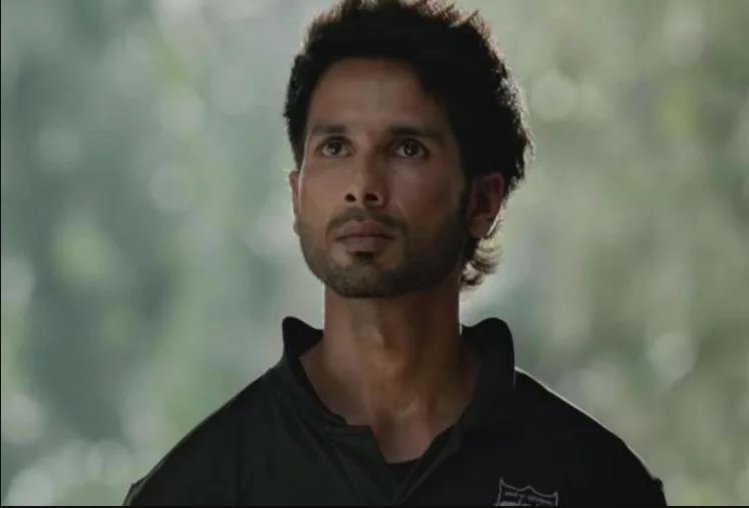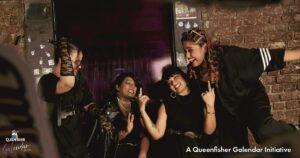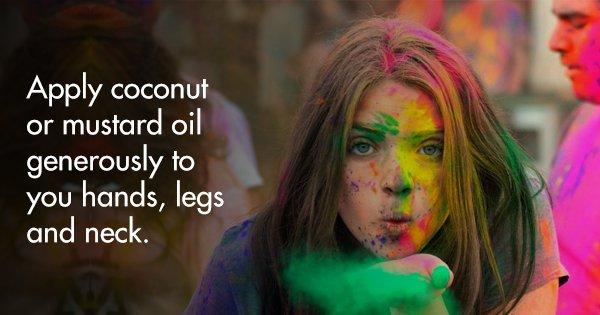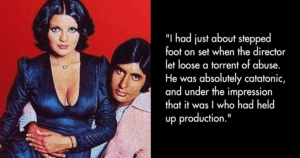Two years ago when Arjun Reddy released, it immediately acquired a cult status. Its popularity rose to the point where two remakes – one in Hindi and the other in Tamil – were commissioned. And that’s how Kabir Singh was created.
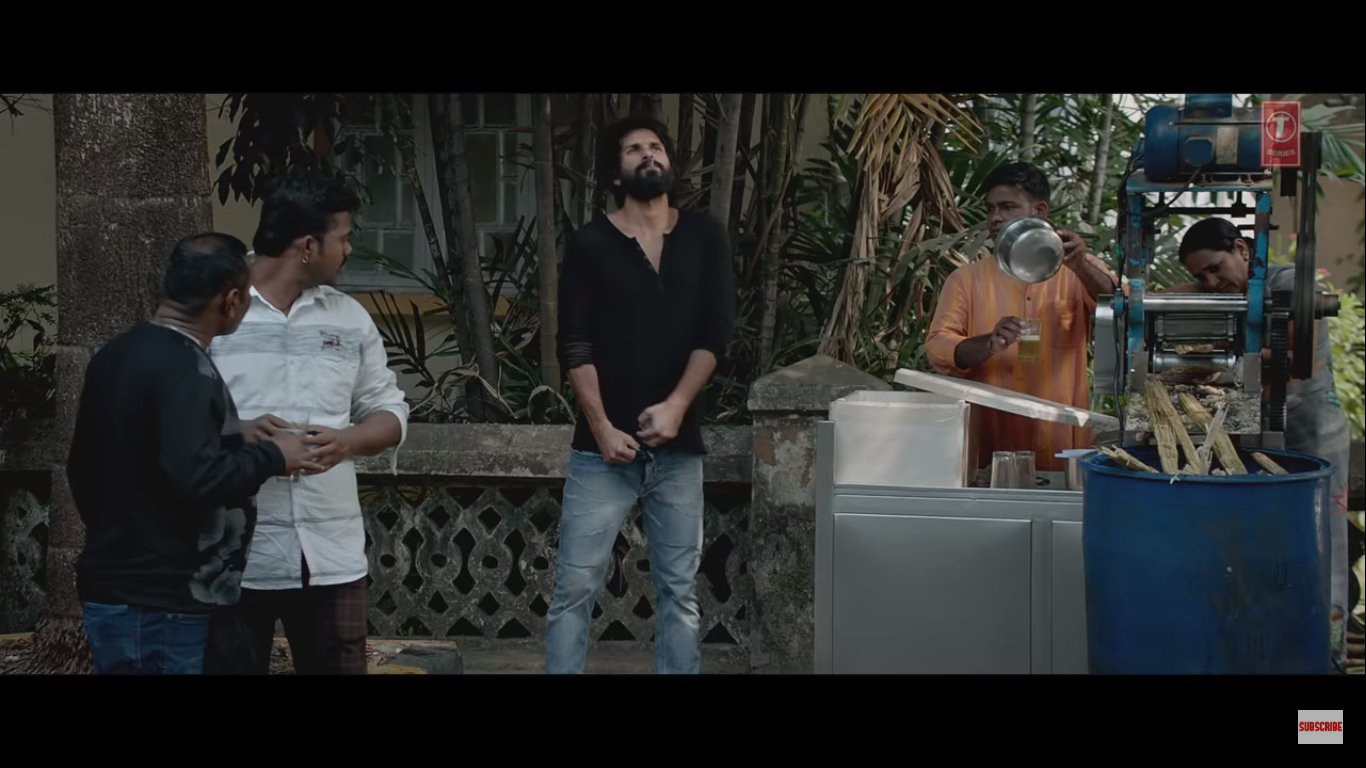
But today, the movie has left the audience divided over the message it sends across, and whether it actually deserved such adulation in the first place, let alone be remade in not one but two languages.
#kabirsinghmovie I really like the movie, I enjoyed the chemistry and the way they are passionate about each other i love that. @shahidkapoor you always surprised me with your acting. The way you play your role its amazing.#KabirSinghReview
— Ameesha Singh (@ameeshasingh012) June 26, 2019
#KabirSingh glorifies & normalises stalking abusive relationships , rape & violence.
— subhoshree (@ravishingtwikle) June 21, 2019
Violence isn’t love. Toxic domination is not cool.#KabirSinghReview
Because Kabir Singh and Arjun Reddy are not stories of romance, passion, heartbreak, or even, friendship.
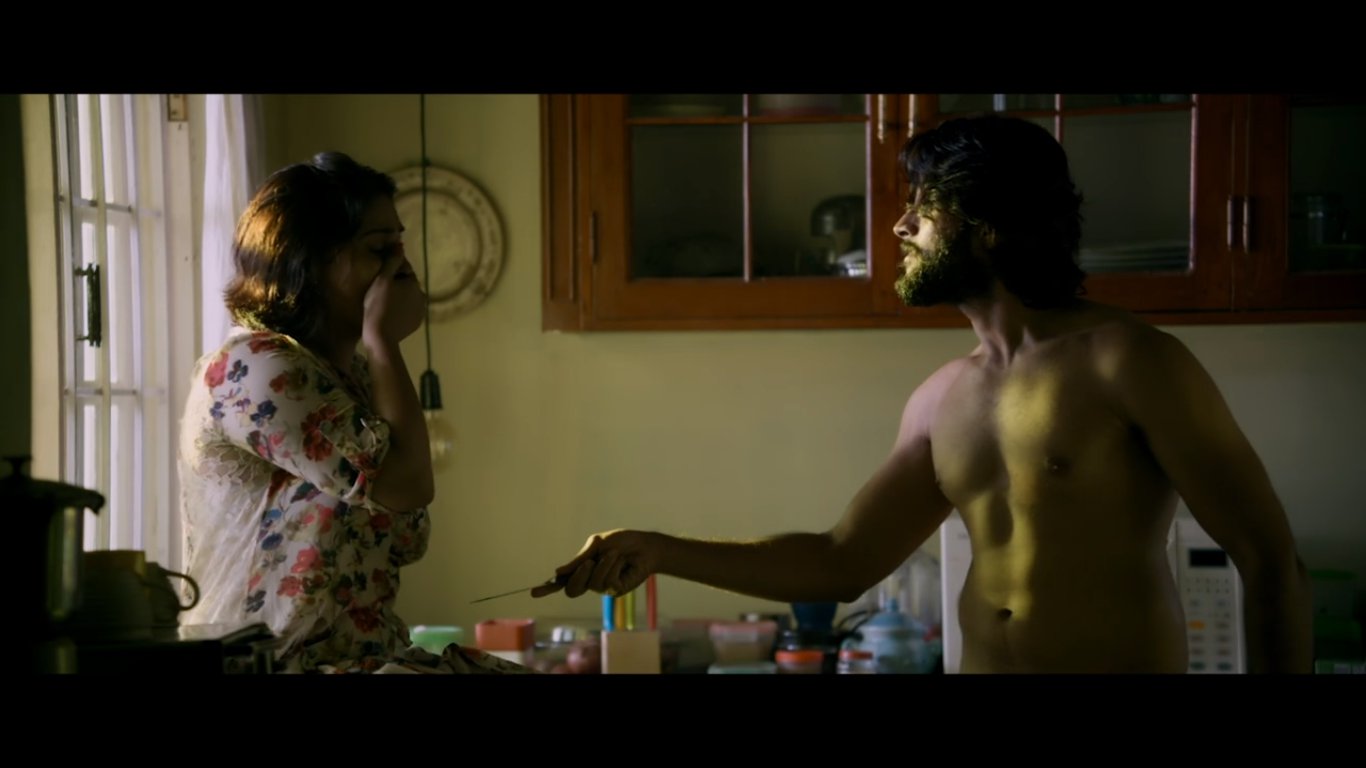
But the intelligent direction and flawless performance by lead stars have somehow convinced a large section of society otherwise. That this is indeed an intense and dark tale of love, and every person who believes otherwise does not hold the capacity to understand ‘flawed characters’.
Woke person: Indian cinema does not make movies on flawed characters ..its all too black and white.
— HitWicket ! (@WalkingXception) June 20, 2019
Kabir Singh Releases..
Woke Person: The flaws in the character of a flawed person in the movie is misogynistic . Its 2019 and its effecting my mental health . #KabirSingh
However, the problem with the movie is not the existence of flawed characters, but the romanticization and glorification of said flawed characters.
The very definition of flawed character states the representation of characters whose actions are governed by a limitation, problem, phobia, or deficiency. But with Bollywood, time after time, such characters have not been ‘governed’ by their flaws, but rather been rewarded and celebrated for them.
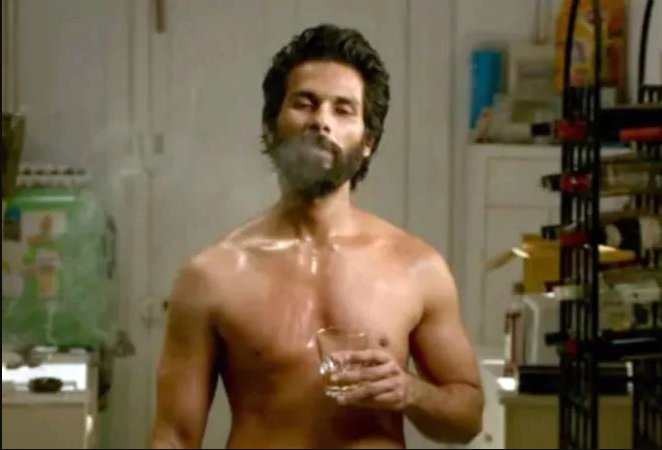
It’s hard to pinpoint an exact movie or character that started the culture of making a character’s flaws appear romantic and not toxic. But we did grow up with 90s and early 2000s cinema, where the average movie-goer internalized the thought, ladki ki na mein hi haan hai.
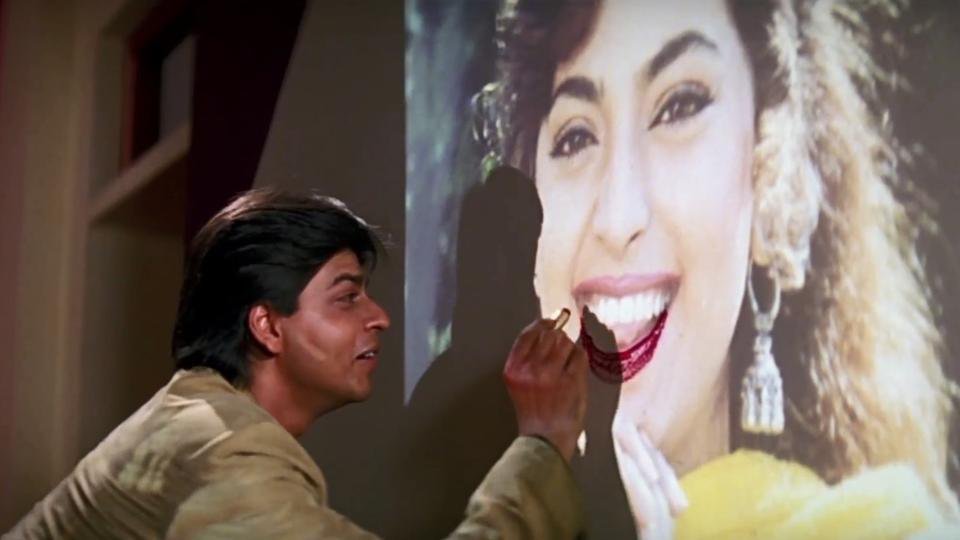
So men refusing to accept a lack of consent were branded as ‘persistent’, or ‘blind with love’, but not as stalkers or miscreants. And the trend has continued till date
The protagonist of Tere Naam often took matters into his own hands, literally, with violent outcomes. He continuously intimidated his love interest and even abducted her. And yet, he was a romantic icon to look up to.
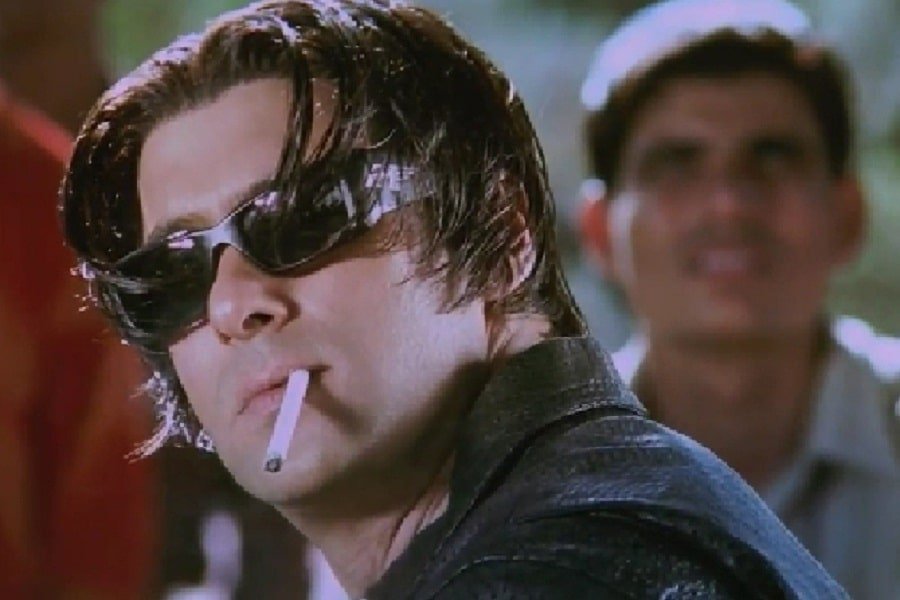
Tere Naam influenced a majority of the audience to emulate the lead character to the point that sporting a ‘Tere Naam’ hairstyle became a norm.
In Raanjhanaa, the protagonist slits his wrist, forcing his love interest to pay attention to him. And this is not considered to be harmful behavior but an expression of his love.
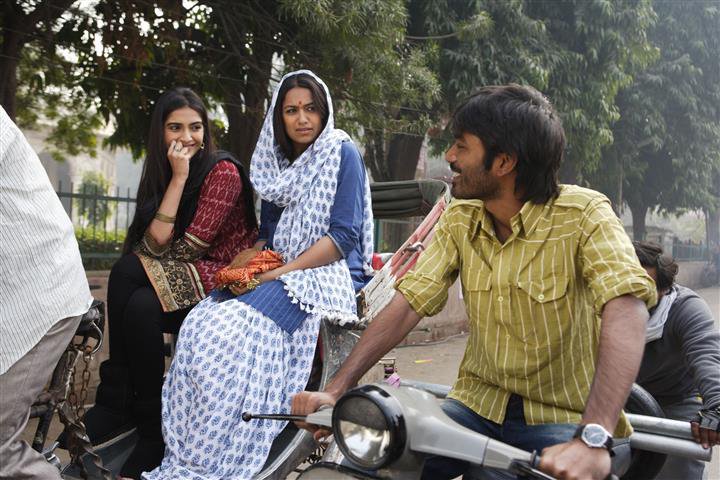
In the most recent Kabir Singh, the male lead is the poster child for toxic masculinity, with a deeply ingrained sense of entitlement and privilege that defies logic.
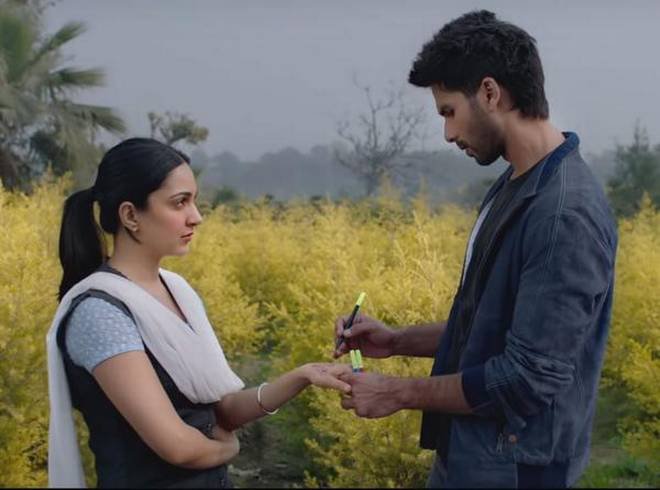
Mind you, these are just the most obvious examples that come to mind. And the problem here was not searching for such characters, but rather selecting which ones to use as an example. And yet, these are the same men whose flaws become acceptable to society. Even if the same behaviour would warrant legal action outside of the movie’s premise.
This is exactly what is wrong with these movies. Not that the characters had flaws, were realistic or presented a reality different from the one we live in. But that they made an unsavory action, a problematic gesture, or a toxic trait seem natural. Worse yet, they glorified it to the point where people felt like emulating such traits.
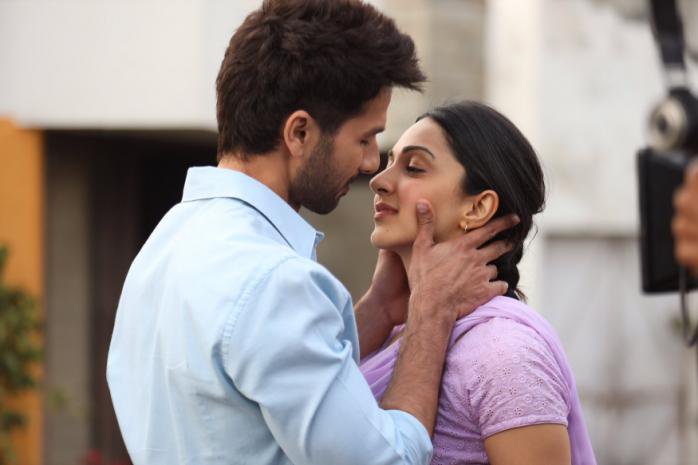
As the reception of Kabir Singh proved, people were quick to defend the character by citing that ‘it’s just a movie’ or by bringing illogical comparisons into the scenario.
I don’t understand so much hatred against the movie Kabir Singh . He is a flawed character in a movie. A hero with grey shades is much more real than the larger than life hero. The same women who have hated Kabir… https://t.co/nxrXysSYhc
— Jitendra Kotai (@kotaijitendra) June 26, 2019
Its a movie for gods sake representation of real world. Noone is glorifying kabir singh here. Its just a flawed character and shahid nailed it. Enjoy the movie and their performance. There are real people outside far more worse and debate about them
— Karthik Reddy (@kaarthiikk) June 23, 2019
For starters, most of the shows or movies that are being compared to Kabir Singh belong to a far different genre. Most of them are not romantic dramas like Kabir Singh.

Today, when the movie’s flaws are brought out, the supporters counter that they are not instigated to act like him.
But if people leave the movie believing that going down an alcohol-fuelled and drug-addled path of ‘self-destruction’ is a representation of heartbreak, love, and passion, then there is a problem.
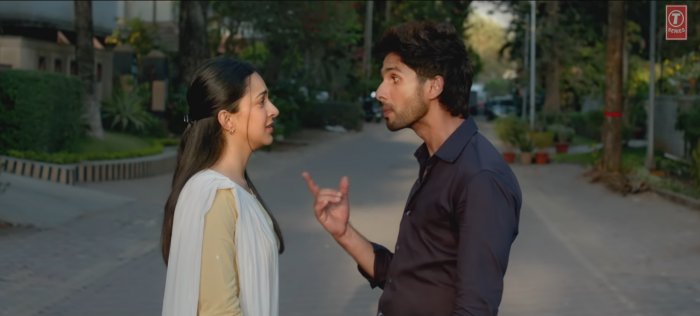
If you did not feel like going on a killing spree after watching Gangs of Wasseypur or framing your cheating spouse after Gone Girl, then it’s because of how the stories and protagonists were shown in such movies.
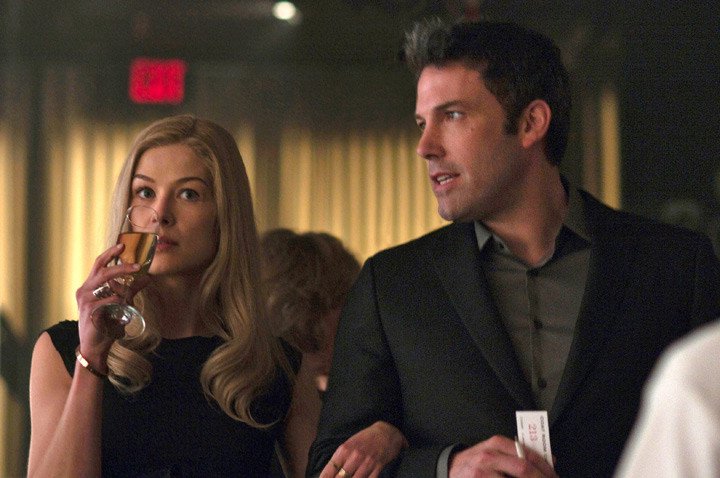
They were not put on a pedestal to be worshipped. They were not absolved of the repercussions of their crimes. They were not romanticized for their aggression. And in every case, even if the exact punishment did not fit the crime, their flaws were not rewarded either.
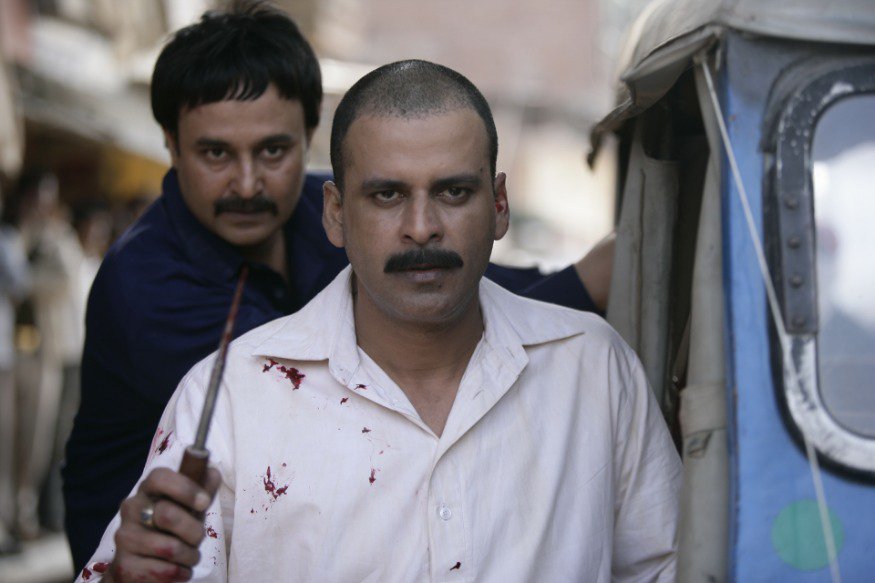
Additionally, Kabir Singh is not a character who is far removed from the reality we inhabit. In fact, he has a very strong presence of our daily lives – he is the classmate we see in college, the friend we see in the office, the boyfriend we wished we were warned about.
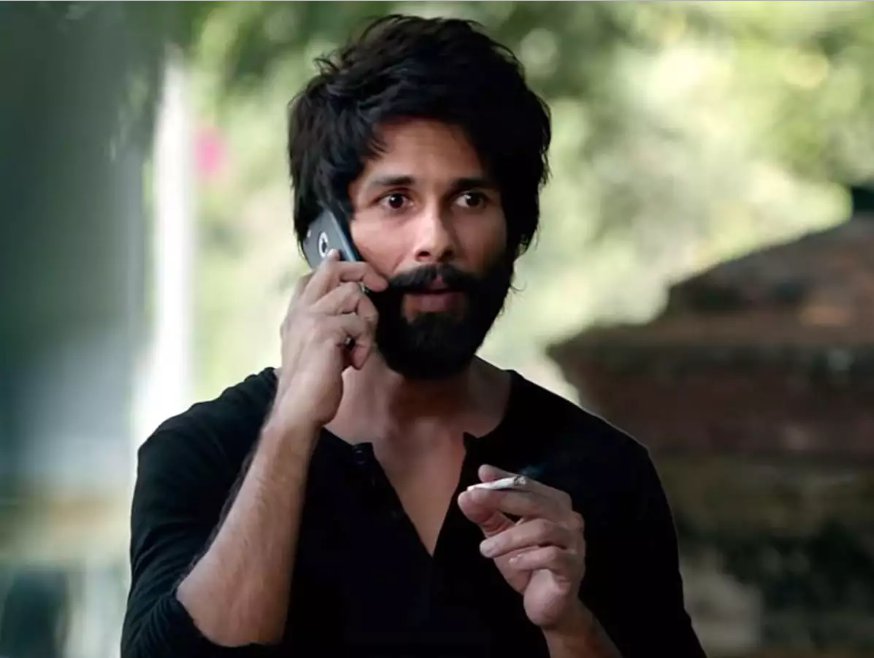
As consumers of a wide variety of entertainment – in the form of books, movies, music, and shows – we can never claim that entertainment does not have an effect on our psyche. Because consciously, or subconsciously, it does.
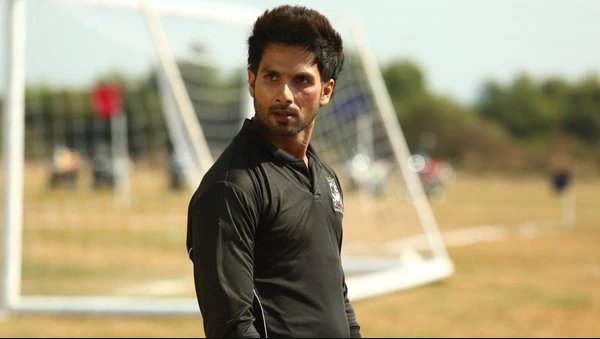
So no, when a guy slaps a girl and claims that her identity exists only as ‘his partner’ and nothing else, then it can’t be accepted as a proclamation of romance.
